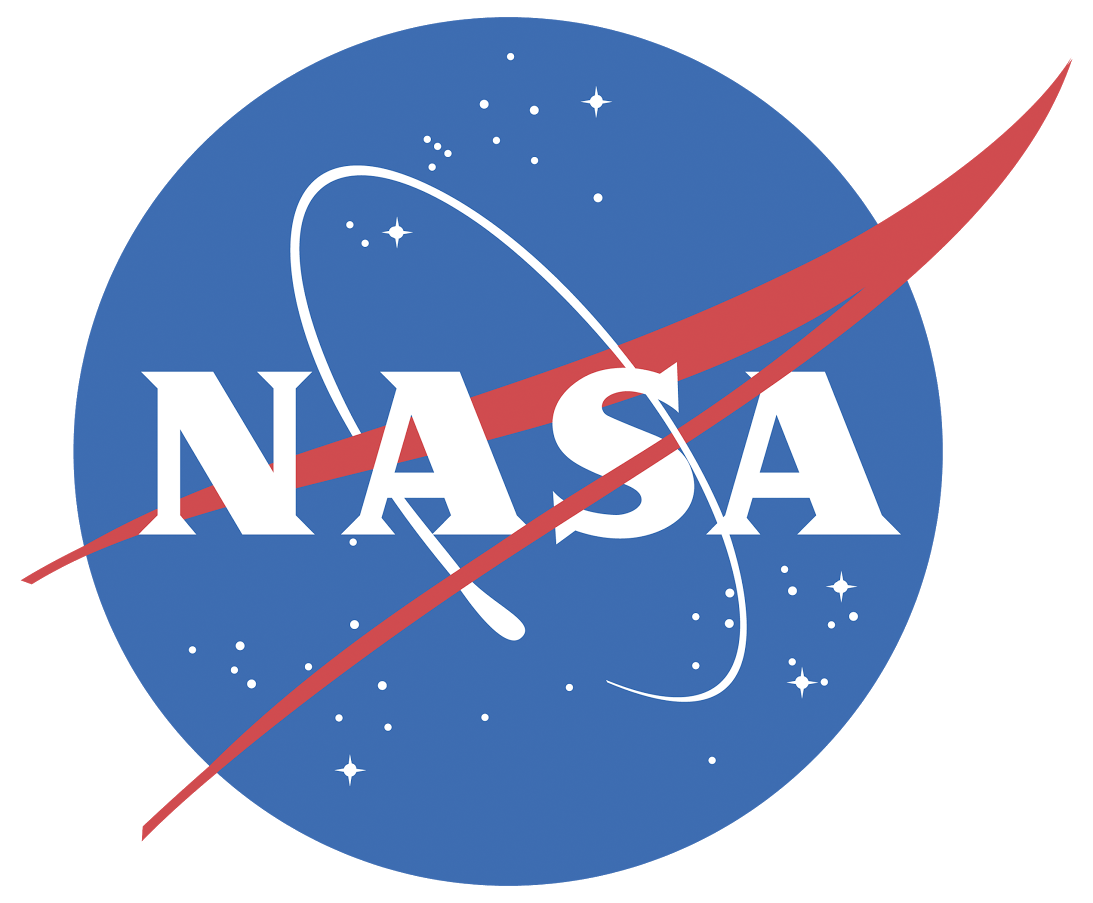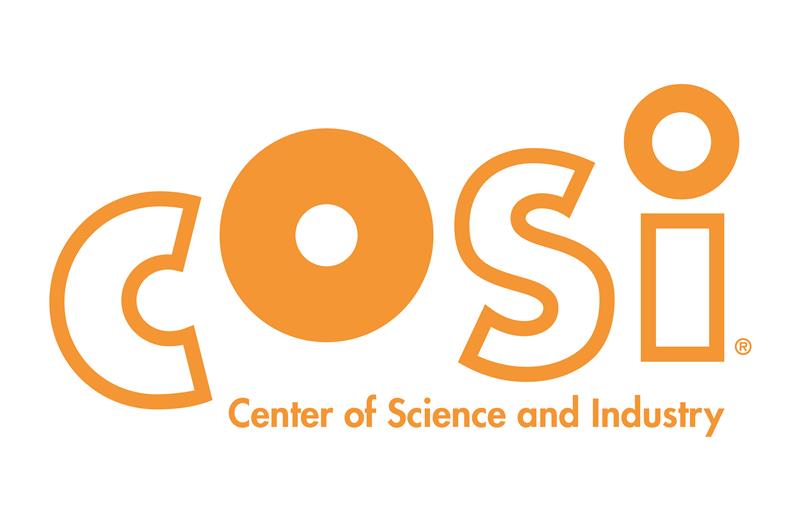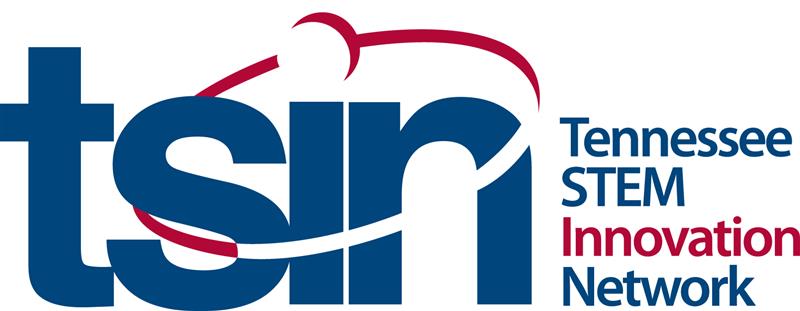Eggstronaut Parachute
Challenge
suggested for grades 3-5
Daily Breakdown
March 1st, 2021
#NASAMakerMonday
Be sure to review the educator guide linked above before kicking off the week to make sure your students have access to all of the required materials.
Step 1: Learn about the SpaceX capsule from NASA's Commercial Crew team by watching this video.
Step 2: See parachutes in action by watching the SpaceX Crew Dragon Return from the ISS (5:14-11:12) and take notes on how the capsule was landed back on earth.
Step 3: Encourage students to discuss how and why the space capsule slowed down before hitting the water. What challenges did NASA have to solve to land safely? What strategies did NASA use to get the astronauts home safe?
Step 4: Using the Eggstronaut Student Activity Sheet, have students begin the engineering design process by completing the Ask, Imagine, Plan, and Create tasks.
Step 5:
Students should finish the day with a design of their parachute. They will gather any additional supplies from around the classroom or home to be prepared to construct on Tuesday.
March 2nd, 2021
#NASATestItTuesday
Time to build and test! Challenge the students to make their design into a reality. Be sure to set up a Drop Zone for testing!
Step 1: Collect materials for students to construct their landers, then assist as they encounter challenges along the way.
Step 2: Test parachutes as students complete them by dropping them from the Drop Zone.
Step 3: During the tests, students should make careful observations of their parachutes. How slow was the descent? Did the cup land upright? On the Landing spot?
Step 4: Compare students results across the class. What about their designs made them more or less successful? This discussion can help them share design ideas before the final test on Thursday.
March 3rd, 2021
#NASAWonderWednesday
Take a break from designing and testing today to step back and look at the big picture. What do your students imagine it would be like to work at NASA?
Step 1: Watch a clip of this interview with Mechanical Engineer David Wilcox (16:15-21:45) and learn about his work with parachutes. Encourage students to continue working on their designs, then take a break to meet Human Machines Systems Engineer Dawn Martin (9:04-11:12).
Step 2: Encourage your students to reflect on the interview. Consider the following questions, or ask your own:
- What was David’s reaction to the supersonic parachute failing? What can we do when
- Why is it important to test things like parachutes here on Earth before we send them to Mars?
- Dawn said that she has to make sure that systems are designed for Millie’s body. How do we have to make sure our design works for our eggstronaut?
Step 3: Spend additional time iterating on student landers, and prepare for the final test tomorrow.
March 4th 2021
#NASATryAgainThursday
Time to get back to the design process and use what we've learned so far to push our design to the next level! NASA have higher stakes with expensive payloads and precious human cargo. Raise the stakes with today's final test.
Step 1: Using your observations and notes from Dawn and David, have students prepare their landers for their final drops.
Step 2: Drop each student's eggstronaut, now weighed down, from the Drop Zone.
Step 3: Was each student's lander successful? Why or why not? Were the tests on Tuesday accurate enough to simulate the real thing?
Step 4: For an extension, challenge them to add additional weight or cargo to the lander. Can they still protect the egg, even with a heavier lander?
March 5th, 2021
#NASAFeedbackFriday
Communication and feedback is an essential part of the design cycle. To bring this week to a close, have your students present their learning to each other - and to NASA.
Step 1: Use your own prompts or the samples below for guidance.
- What was your biggest challenge jwhen designing and building?
- What is one change you made to improve your parachute?
Step 2:
For a bonus - have students record their presentations or take photos of their rockets, then share them on social media with the hashtags #NextGenSTEM and #NASAFeedbackFriday.





